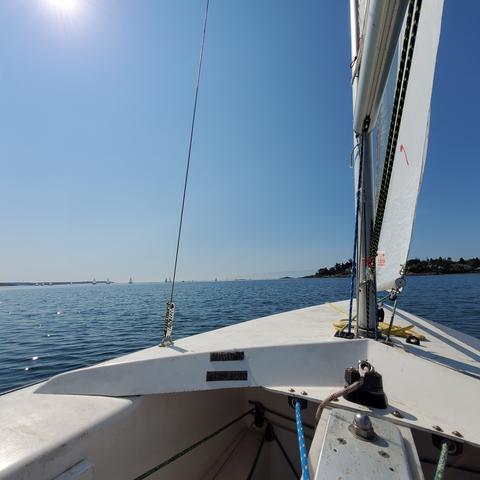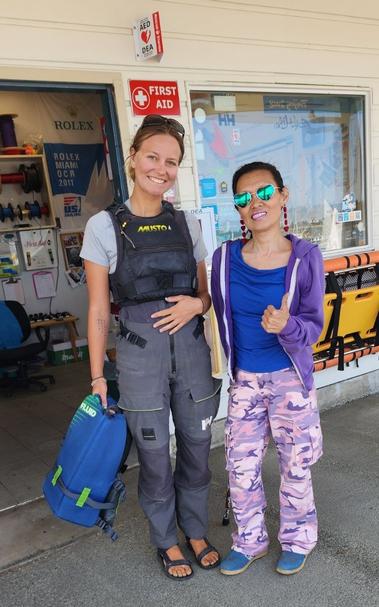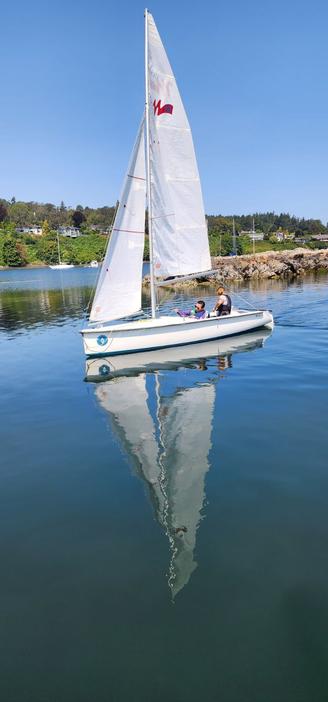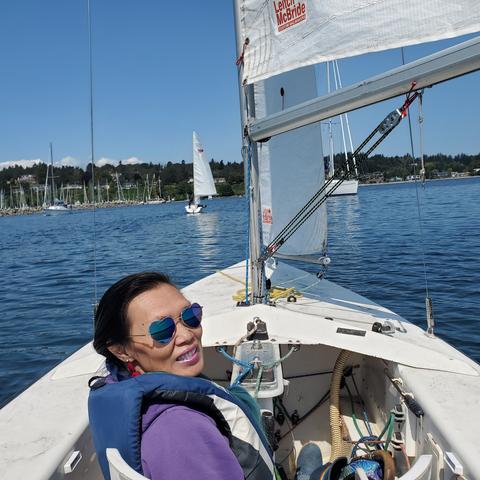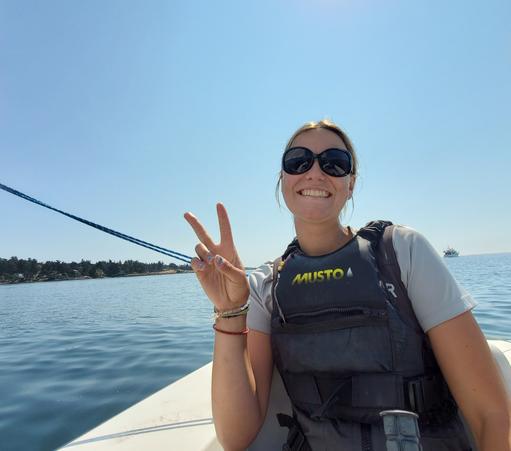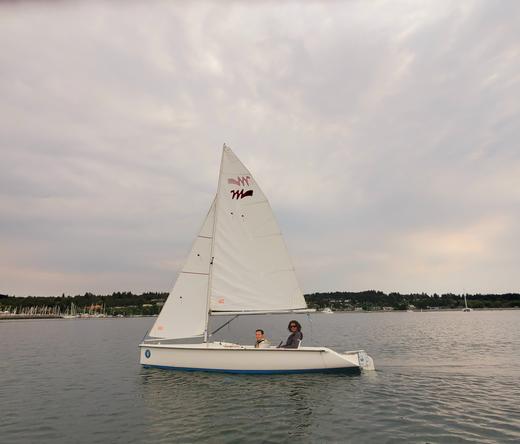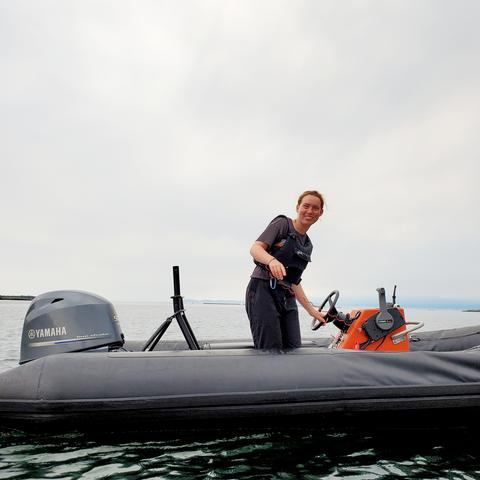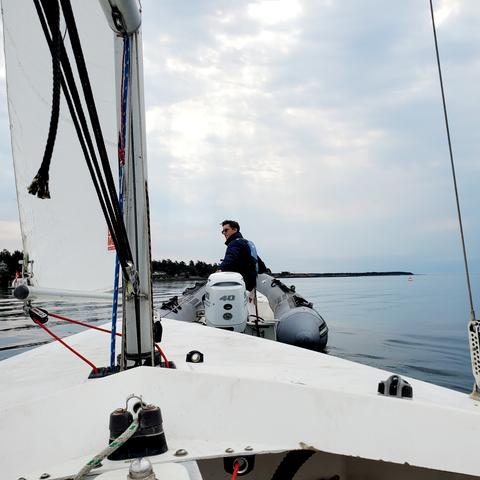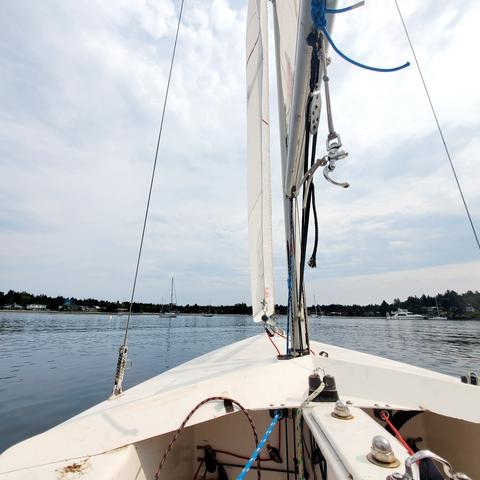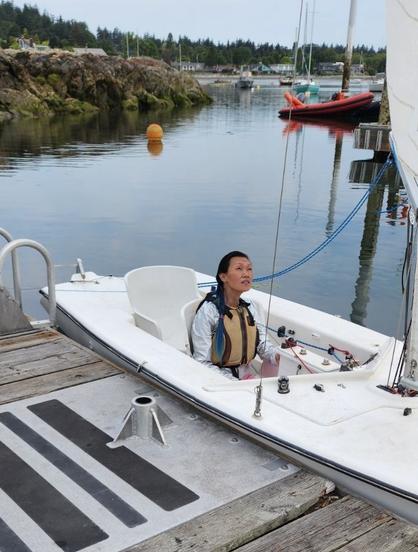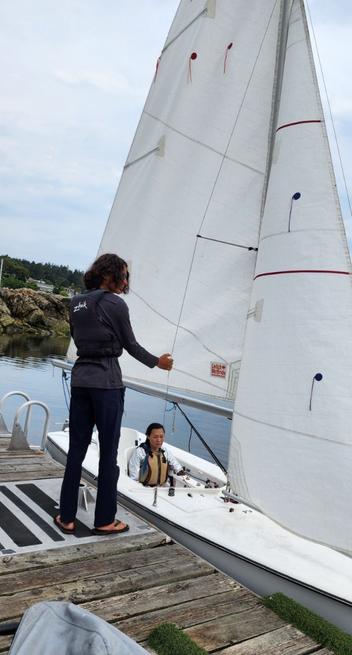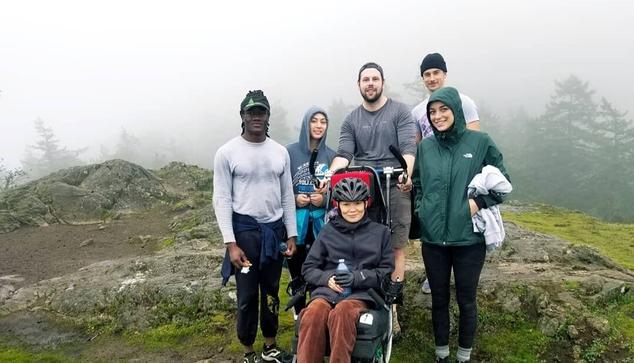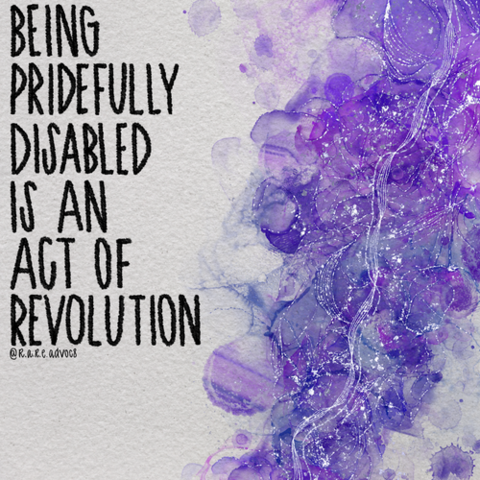Student Life Disability Services celebrates its 50th anniversary: Here’s a look back at the department’s rich history - Kyrie Thomas
[🖼 The outside of the office for Student Life Disability Services, located inside Baker Hall on Ohio State's Campus. Credit: Kyrie Thomas | LTV Campus Producer]The outside of the office for Student Life Disability Services, located inside Baker Hall on Ohio State’s Campus. Credit: Kyrie Thomas | LTV Campus Producer
From accommodations to guidance to support, Student Life Disability Services — or SLDS — has long provided Ohio State students with the necessary resources to tackle obstacles that can accompany having a disability.
With 2024 marking SLDS’ 50th anniversary, some of Ohio State’s accessibility experts and advocates are weighing in on the department’s past, present and future.
Established in 1974, SLDS was originally known as the “Office of the Physically Impaired,” or the OPI. Its main focus was making campus more accessible for those with physical disabilities, according to the SLDS website.
Julia Parachini, president of the student organization Buckeyes for Accessibility, said SLDS was strongly shaped by the story and contributions of Ohio State alum Dick Maxwell.
Maxwell — who was paralyzed in a fraternity intramural football game during his time at Ohio State — was appointed as an administrator in the university’s disability-services office in 1972 prior to its official establishment as SLDS, according to an April 2011 article from The Columbus Dispatch and the SLDS website.
“It’s the most recent iteration of SLDS; he was in a wheelchair, so his main focus was for people like him,” Parachini, also a fourth-year in health sciences, said.
SLDS, however, soon took notice of students who needed support for disabilities that were more “hidden” or “unapparent.” For instance, the department registered its first student with learning disabilities in 1977, according to the SLDS website.
“The vast majority of students that affiliate with our office have non-apparent disabilities,” said Cheryl Lyons, current director of SLDS. “You wouldn’t know just by looking at them.”
Non-apparent disabilities encompass various conditions like anxiety, diabetes, visual impairments and depression, said Saran Lendzian, a fifth-year in computer science engineering and a member of Buckeyes for Accessibility. While they may be less well-known, they’re some of the most common disabilities on campus.
“Visually, you can’t tell who has a disability when you walk into a room,” Lyons said. “You really need to assume that every room you walk into has someone or multiple people with a disability and try to operate accordingly, whether you’re teaching, reading an activity or whatever it might be.”
Despite the continual growth of SLDS, Lendzian and Parachini said acquiring enough funding and resources has proved to be a roadblock they’ve witnessed the organization tackle time and time again.
“If they had more money to hire more staff, if they had more space, more building space to work in, they would be able to not just serve more students, but serve more students more efficiently and effectively,” Lendzian said.
Regarding the lack of funding, Lyons said SLDS’ most recent improvement involves welcoming three new access specialists to its staff — for a total of 11 — who help assist the now approximately 7,000 students registered with the program.
Additional accommodations were created during the COVID-19 pandemic when SLDS was tasked with creating a database, as well as providing resources and accommodation plans for students impacted by the virus.
“We said, ‘Well, hey, we need some kind of accommodation process for students who can’t come to class, right?’” Lyons said. “And so, we built that process to support students who had COVID at a time where you had to quarantine, definitely couldn’t go to class and people were very ill,” Lyons said.
Now, Lyons said some of the department’s biggest accomplishments are its partnerships with students on and off Ohio State’s campus — and though active Buckeyes play an important role in helping expand the office’s capabilities, there’s always room for improvement.
“What I would like to see in Ohio State is for everyone to make sure any content they’re creating, whether digital or marketing, that they’re really considering people’s access needs,” Lyons said.
Throughout its history of name changes and accommodations, SLDS has remained committed to providing support and guidance to Ohio State’s student body, Parachini said.
“If I was born 50 years ago, I wouldn’t be in college — just flat out, period,” Parachini said. “With my complexity of disabilities and other issues, I wouldn’t have made it to college. So, if there’s a generation of students that are coming to university with that support, then it’s great we can give them that.”
